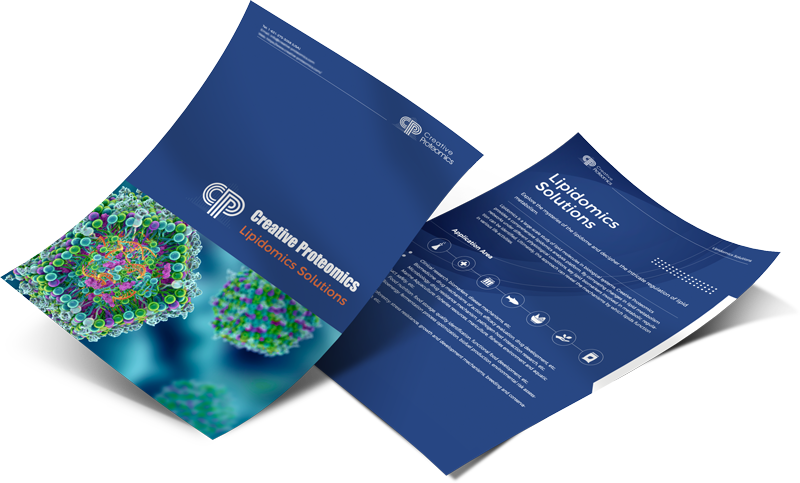Our services have earned the trust of companies, schools, and organizations globally, and we remain dedicated to maintaining that trust.
Technologies & Analytical Methods Robust lipid profiling powered by optimized chromatographic separations, multi-mode ionization, and accurate mass detection.
Lipidomics Analysis Strategies Targeted Lipidomics
For absolute quantification of predefined lipid species using triple quadrupole LC-MS/MS.
Supports biomarker validation, clinical translation, and standardized panels. Untargeted Lipidomics
For global profiling of lipidomes with high-resolution mass spectrometry (e.g., Orbitrap, QTOF).
Ideal for biomarker discovery, pathway exploration, and comparative studies. Structural Lipidomics
For in-depth analysis of lipid isomers and subclass differentiation via MS/MS and ion mobility.
Resolves structural variants (e.g., sn-position, double bond location). Chromatographic Separation Modes RP-UHPLC HILIC Normal Phase LC For non-polar lipids: TAG, DAG, CE, FA For polar lipids: PC, PE, PI, PS, SM For class-based profiling or niche assays C18-based, high-resolution LC Amide/HILIC columns for class separation Legacy or custom lipidomics workflows Common in both targeted and untargeted Enhances subclass coverage Limited use, for special lipidomics
Each method is matched to sample type and project goal to maximize class coverage and detection resolution.
Ionization & Mass Detection Modes Electrospray Ionization (ESI) – Soft ionization for intact lipid detectionPolarity Switching – Enables detection of both positive and negative ion mode lipids in a single runTrapped Ion Mobility Spectrometry (TIMS) – Separates isobaric and isomeric lipid species based on gas-phase mobilityMS/MS Fragmentation (CID/HCD) – Provides acyl chain and headgroup structural informationQuantification Approaches Method Description Use Case Performance Relative Quantification Peak area normalization across samples Comparative studies, discovery CV < 15% Absolute Quantification Stable isotope-labeled internal standards (e.g., SPLASH Lipidomix) Biomarker validation, PK studies R² > 0.99, wide dynamic range
We employ standard curves and internal calibrants to ensure consistent quantitation across batches.
Core Instrumentation Thermo Scientific Orbitrap Exploris 480 Parameter Highlights
Resolving power: up to 480,000 (FWHM at m/z 200) Mass accuracy: <1 ppm (internal calibration) Scan modes: Full MS, MS² (HCD), DDA, DIA Polarity switching: yes (fast) Analytical Performance
LOD: ~0.5–1 ng/mL (lipid class dependent) Dynamic range: 5–6 orders of magnitude Isomer resolution: MS/MS fragmentation + accurate mass Lipid Classes Supported
Glycerophospholipids, Sphingolipids, Sterols Oxidized lipids, Ether lipids, rare species Use Cases
Untargeted lipid profiling Biomarker discovery Pathway enrichment + isomer annotation Agilent 6495C Triple Quadrupole LC-MS Parameter Highlights
Scan modes: MRM, dynamic MRM Polarity switching: yes LOD: as low as 10 fg on-column Response time: <5 ms Analytical Performance
Dynamic range: 6–7 orders of magnitude Quantification: absolute, isotope-labeled standard support CV: <10% inter/intra-batch Lipid Classes Supported
Eicosanoids, oxylipins, SPMs, short-chain lipids Lysophospholipids, DAG, Ceramides Use Cases
Targeted lipid quantification (e.g. inflammation mediators) Clinical lipid panels High-sensitivity biomarker validation Bruker Daltonics timsTOF Pro Parameter Highlights
TIMS + TOF integration PASEF acquisition: >100 Hz CCS value generation for structural lipids MS² coverage: full-range Analytical Performance
Isomer discrimination by ion mobility LOD: ~0.5–2 ng/mL Quantitative reproducibility: CV <15% Lipid Classes Supported
Isomeric GPs, ether lipids, oxidized PUFAs Chain-length and position-differentiated species Use Cases
Isomer-level lipidomics Oxidized lipid structural analysis Lipid network annotation SCIEX 6500+ Triple Quad LC-MS/MS Parameter Highlights
IonDrive™ turbo V source MRM acquisition at >600 transitions/second High-pressure chromatography compatible Analytical Performance
LOD: sub-femtomole Dynamic range: >10⁶ Quant CV: <12% with internal standards Lipid Classes Supported
Oxylipins, ceramides, acylcarnitines, PEs, PIs Use Cases
Targeted quant panels Toxic lipid biomarker studies Fast and reliable absolute quantification Agilent 1260/1290 Infinity II UHPLC Parameter Highlights
Up to 1300 bar backpressure Compatible with RP, HILIC, NP columns Auto-sampler: high-throughput loading Analytical Performance
Class-based separation performance Reproducible retention (CV < 0.5%) Minimal carryover with optimized wash cycles Lipid Classes Supported
Neutral lipids, phospholipids, lysolipids Compatible with both targeted and untargeted workflows Use Cases
Front-end LC separation Large-scale lipidomic screening Co-elution resolution in complex matrices Thermo TSQ Altis Triple Quadrupole Parameter Highlights
MRM/PRM with ultra-fast polarity switching Active exhaust & ion transfer optics High cycle rate for multiplex quantitation Analytical Performance
LOD: sub-ng/mL for most lipid panels R² > 0.995 across 5-log range Stable isotope compatibility Lipid Classes Supported
Fatty acids, TAGs, SM, LPC, PGs Use Cases
Lipid panel quantification Nutritional lipidomics Method validation for regulatory studies Bruker ultrafleXtreme MALDI-TOF/TOF Imaging Parameter Highlights
MALDI-MS imaging resolution: up to 20 µm Dual TOF configuration MS/MS imaging support Analytical Performance
Tissue-specific lipid mapping In situ lipid distribution Fast sample prep (no derivatization) Lipid Classes Supported
Phospholipids, sphingolipids, sulfatides, gangliosides Use Cases
Spatial lipidomics in tissues Tumor lipid microdomain profiling How to Start Your Lipidomics Project 01
Contact Us Tell us your goals & sample
02
Get a Quote We provide a tallored quotation
03
Ship Samples Send your samples with proper handling
04
Analysis We provide lipid profiling & QC
05
Get Results Receive annotated data & bioinformatics
What Results Will You Receive? We understand that downstream usability is just as important as data generation. Our lipidomics platform provides clean, publication-ready datasets tailored for biomarker discovery, mechanistic studies, or regulatory submission.
Typical Data Deliverables Include:
Lipid concentration tables (absolute/relative, ng/mL or mol%) Lipid species annotation with class, acyl chain, m/z MS/MS spectral fragment mapping (CID/HCD) Multivariate statistics: PCA, volcano, PLS-DA Lipid class distribution plots and enrichment pathways QA/QC performance metrics for transparency Exportable formats: Excel, PDF, mzML, annotated figures How Do We Ensure Data Quality? High-confidence lipidomics begins with a rigorous quality control framework. Every project is processed with internal standards, spike-in controls, and method validation to ensure repeatability and accuracy.
Our QC Strategy Covers:
Control Element Description Internal Standards Class-specific isotope-labeled mix (e.g., SPLASH) added to every sample Pooled QC Samples Inserted every 10 runs to monitor precision and drift Reproducibility Thresholds RSD <15% across biological and technical replicates System Suitability Verified daily by standard response and retention metrics Linearity & Calibration 4–6 point standard curve validation, R² > 0.99
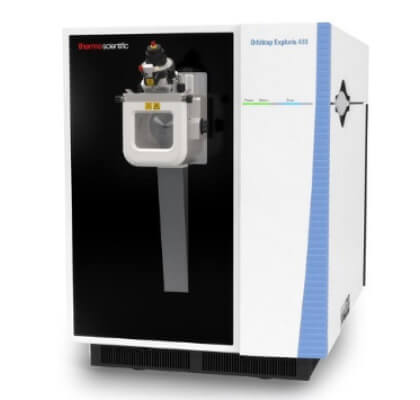
![]() Use Cases
Use Cases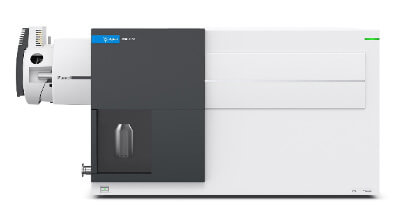
![]() Use Cases
Use Cases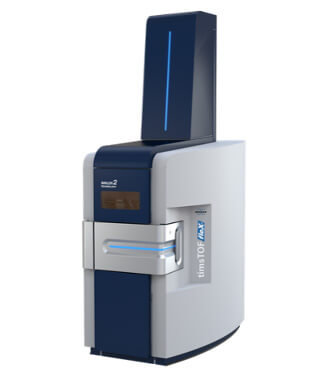
![]() Use Cases
Use Cases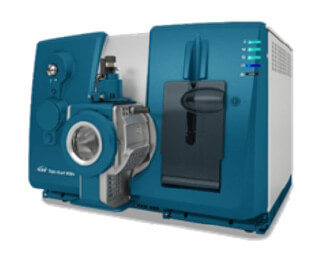
![]() Use Cases
Use Cases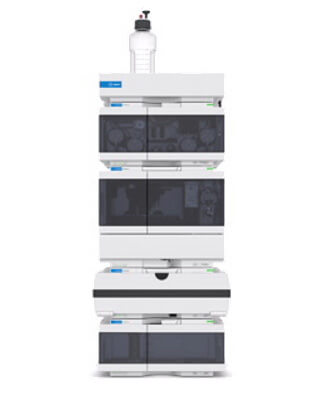
![]() Use Cases
Use Cases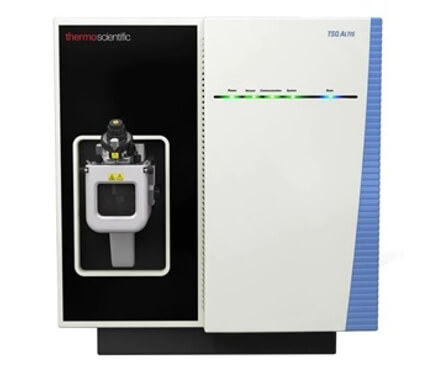
![]() Use Cases
Use Cases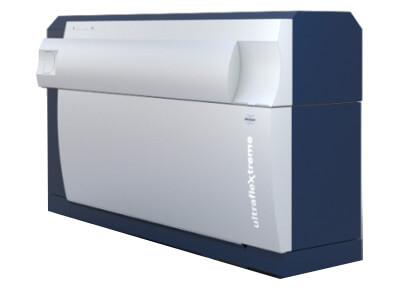
![]() Use Cases
Use Cases